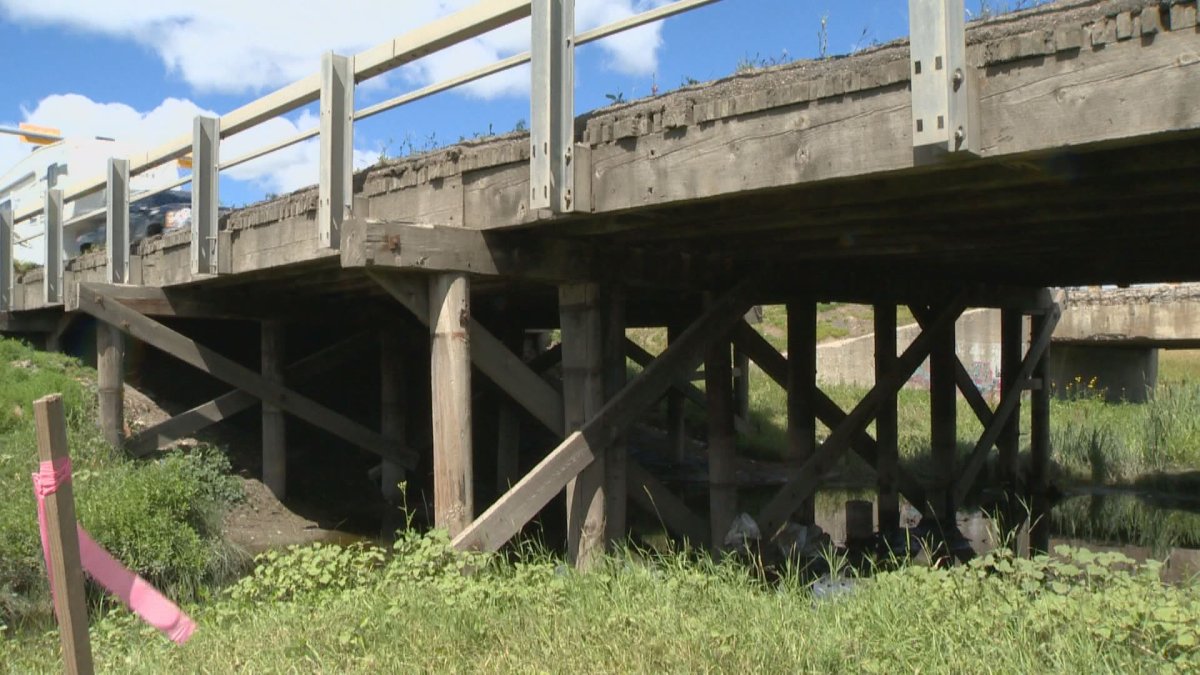WHITE CITY, Sask. – The federal government is putting up $200 million for a major highway bypass to divert traffic around Saskatchewan’s capital city.

Agriculture Minister Gerry Ritz says the money for the Regina bypass is to come through the P3 Canada Fund, which means the work will be done under a private-public partnership.
Ritz says the P3 approach will allow the bypass to be completed years earlier than it normally would be.
“The biggest thing is it takes a 15-year project down into the four- and five-year reality of coming to fruition,” Ritz said after a news conference Monday in White City, a commuter town about 10 kilometres east of Regina.
“That’s tremendous. That means that we have those safety standards, that traffic flow in four to five years rather than 15 to 20, so that’s the most significant portion.”
The $1.2-billion project is to begin on Highway 11, northwest of Regina, and run south to the Trans-Canada Highway. It will then wrap around south of the city, about five kilometres south of the Trans-Canada, and connect back with the highway on the east side of Regina.
The project also includes three overpasses at communities east of Regina, including White City where there have been several fatal crashes.
The area can be hazardous during morning rush hour when commuters in White City have to cross the eastbound lanes of the Trans-Canada to turn left and west heading toward Regina.
The province still has to work out land sales with property owners along the route, but Saskatchewan Highways Minister Don McMorris said work on the bypass is expected to start in summer 2015.
“We hope that we can come to an agreement with all land owners. That’s by far our favoured approach,” he said.
“But we do know that there are times where it is difficult. Over the past number of years roughly 90 per cent of all the land purchases come to a mutual agreement between land owner and land purchaser, ourselves, but there is the odd time where there is a land owner that simply does not want to sell.”
McMorris said there are many steps, including appraisals and mediation.
“The very, very last option is expropriation. We hope that we don’t have to get to that point with any of the land owners.”
It’s the largest infrastructure project in Saskatchewan’s history, McMorris said.



Comments